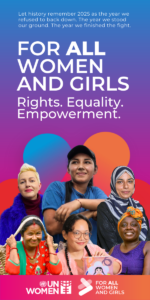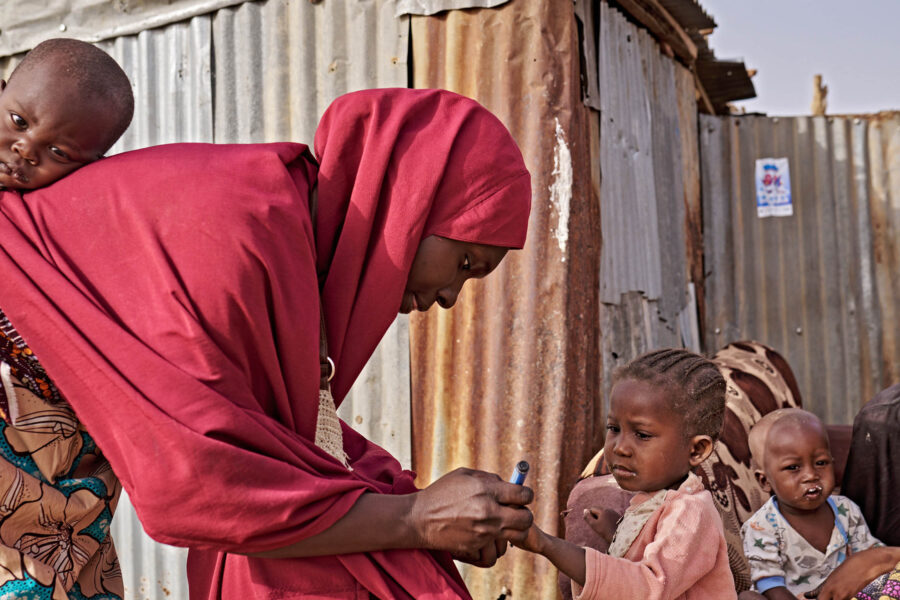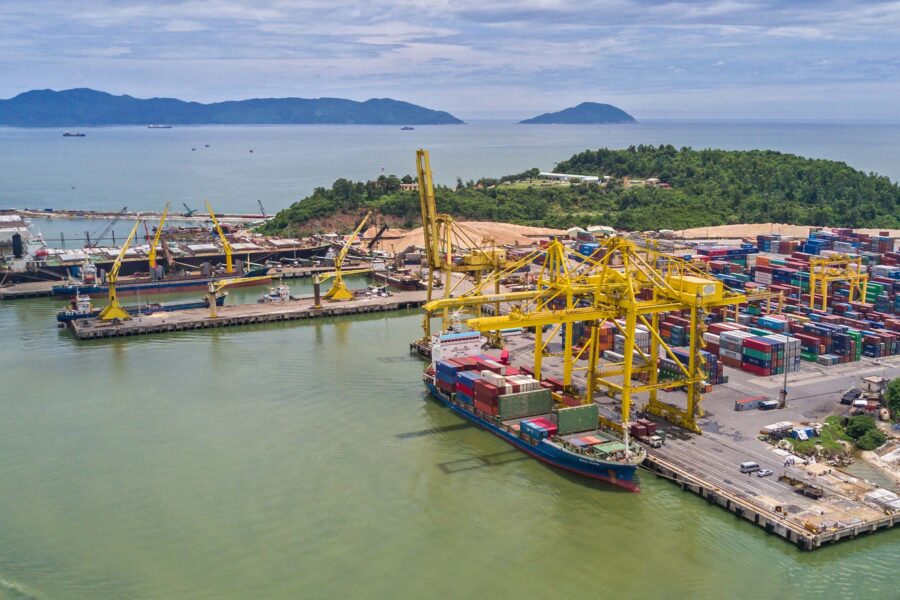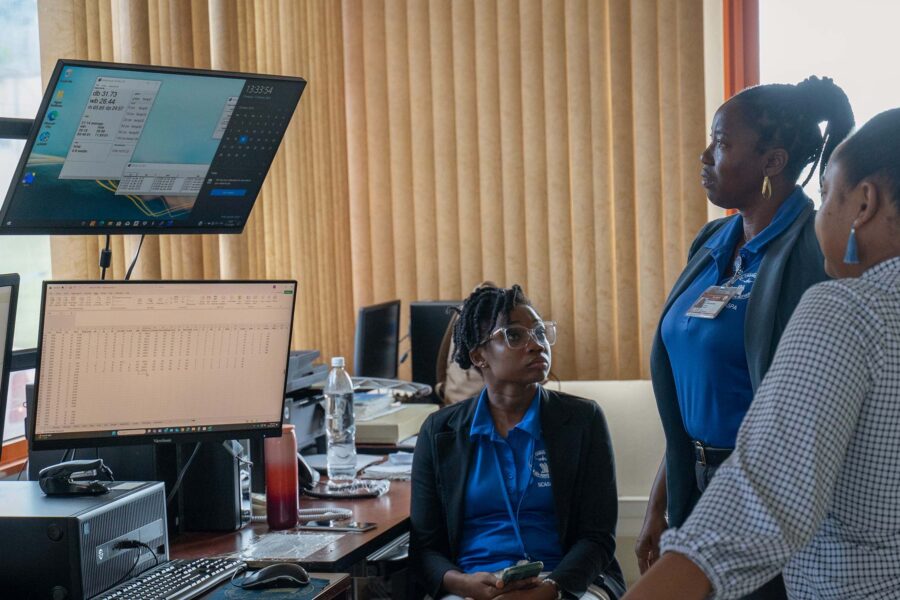Supporting all countries in the Paris Agreement
All countries need to work towards the Paris Agreement, but for developing countries this can present technological and logistical challenges. How can international partnerships help all countries contribute to and benefit from this common cause?
Climate
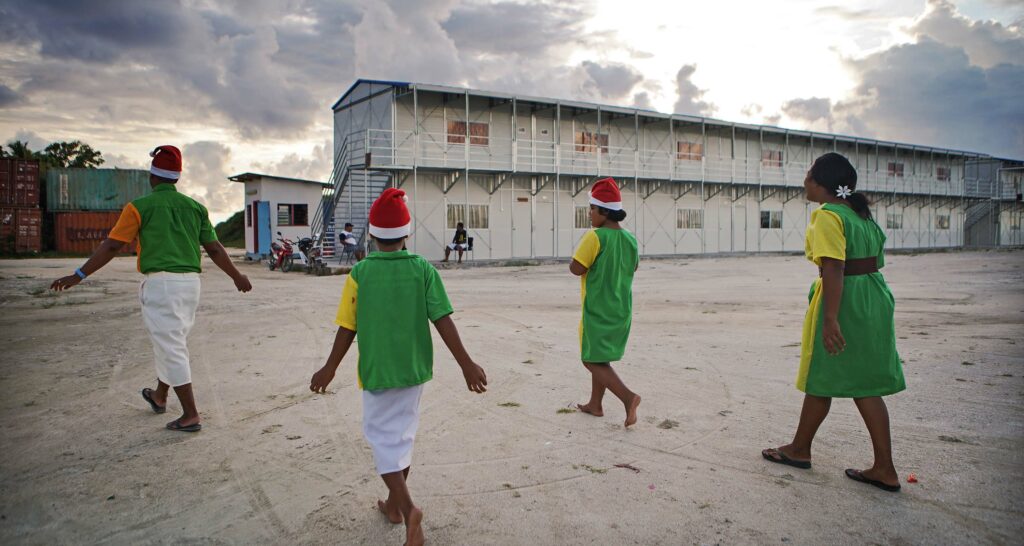
When you work on climate change and development, every year you wonder whether this will finally be the one that scares everyone into action. The past year has once again been one of the hottest in history. As wildfires choked Western skies, the Intergovernmental Panel on Climate Change released its latest report confirming how far we are from keeping under 1.5 degrees above pre industrial levels, and just how dire the reckoning will be. We read this report while hunkered down under a global pandemic. If this isn’t the year to scare your pants off… well, there’s always next year.
Faced with impacts of this scale and urgency, thousands of organizations are focusing on big technological shifts or the need to mobilize finance on a grand scale. This is excellent news. No single organization or even country could hope to bring all the technical expertise, financial resources, or regional experience needed.
But this plethora of actors brings its own challenges. For those working in developing country ministries, the phone never stops ringing. How to deal with dozens of potential partners offering different solutions and support? How to pursue a national strategy with so many ideas on offer? For donors and implementing partners it can be just as tricky. That roadmap for a zero-carbon transport system you’re developing could be just the same as the one another partner is delivering for a different ministry. Or worse, it could be different. In a world of finite resources, we must be able to get partners contributing where they add the most comparative advantage.
Meanwhile, what about integrating climate action with development? Environment ministries may have visionary plans for low-carbon, resilient development, but if ministries of finance or planning aren’t on board, these are unlikely to have much traction. These are typically the ministries charged with meeting the SDGs. If we want to bring SDGs and climate together, then the relevant ministries both need to own the plans.
Partnership platform
Working together we can achieve more. Everyone would agree with this premise in principle, but it’s tough to put it into effect. Institutional incentives and national politics often push people, however dedicated and well meaning, to compete rather than cooperate. And then there is the sheer time it can take to work with multiple counterparts. Planning workshops, stakeholder consultations, partner meetings – these all take time and often money.
Nevertheless, the costs of not cooperating are far greater. Which is why a group of governments and institutions – currently almost 200 in total – set up the NDC Partnership. The Partnership is not a separate platform, but a mechanism that lets members and other partners work together transparently and efficiently to support countries with their action on nationally determined contributions (NDCs)
Developing country governments request support for their NDC actions through both environment ministries and finance or planning ministries, to ensure that the proposed actions align with core development priorities. Based on these requests, the Partnership enables interested partners, from multilateral development banks and UN agencies to specialist NGOs, to align around a single, public plan approved by the government. For governments, this means they can ensure strategic ownership of the implementation plans and reduce the burden of engaging different partners bilaterally. For international partners, the Partnership’s open process reduces potential duplication and allows them to focus where their expertise and resources will have the biggest impact.
Less than five years after its launch, the Partnership is working in this way with around 80 countries, with more than 120 partners providing support. Together these countries account for over 15% of emissions today, and this share will increase dramatically without action. They laudably aspire to provide their people with jobs, healthcare, modern energy services, and all the other goods that we collectively describe as development. If they do that the same way today’s developed economies did, it’s game over for the climate. It is in everyone’s interest to support them in finding a greener path to prosperity.
Just as importantly, they are home to more than 2.2 billion people, for many of whom the deadly impacts of climate change loom large. They include small island states and coastal countries facing rising sea levels; arid countries with water resources under stress; food producers vulnerable to flooding and soil erosion. Climate impacts will be piled on top of other stresses. Their lives matter and smart climate policy can help.
The Partnership mobilizes support for both adaptation and mitigation, as well as providing economic advisors to support integration of climate action and post-COVID recovery. Through the Partnership, 67 countries have had support in developing new or updated NDCs to present before COP26. All are presenting more ambitious mitigation and adaptation measures, more robust consultation and analysis, or both. All this is a testament to the willingness of countries to act, and of international partners to work more collaboratively in support than ever before.
There is a mountain still to climb. But under the leadership of its co-chairs, Jamaica and the UK, the Partnership will be using COP26 to make the case that effective cooperation is more than an aspiration. It is indispensable if we are to meet the climate challenge. With a tried and tested mechanism for cooperation, members can scale up their support and countries can more confidently raise ambition. If so, perhaps we can face a less hair-raising outlook next year.

